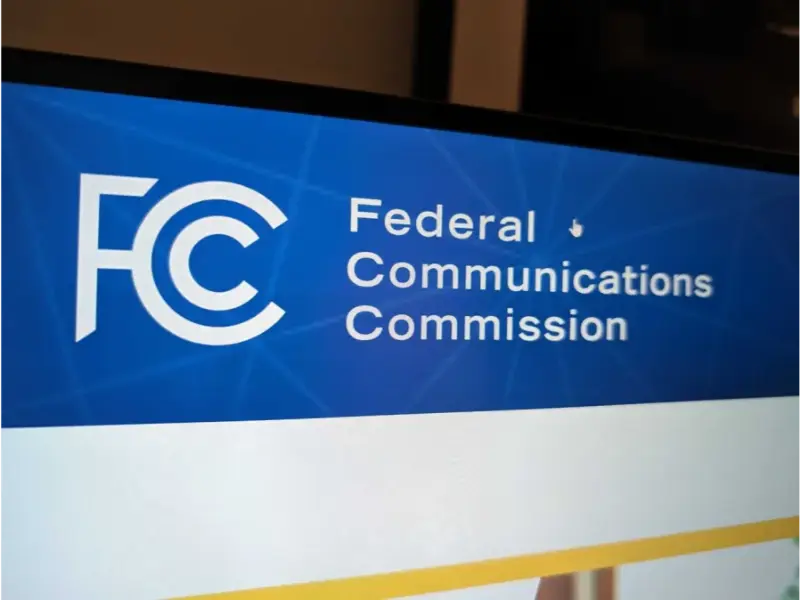- Network access charges are crucial for funding the maintenance and expansion of essential utility networks such as electricity, water, and telecommunications.
- Regulatory bodies like the FCC and Ofgem ensure that network access charges are fair, transparent, and justifiable to protect consumers and maintain service standards.
- Examples from Germany, the United States, Australia, and the United Kingdom highlight how network access charges are implemented and regulated differently across sectors and regions.
A network access charge is a fee charged by utility companies to cover the costs of infrastructure required to deliver services to consumers. It is crucial for financing the maintenance and expansion of the network, which ensures service delivery. Key features of network access charges include infrastructure maintenance and expansion, fixed cost recovery, regulatory oversight, universal service provision, service reliability, and transparent billing. These charges help fund the upkeep and development of essential infrastructure like power lines, telecommunications cables, and pipelines, which are necessary for delivering services directly to homes and businesses.
Purpose of network access charges
Network access charges are crucial fees imposed by utility companies to manage and sustain the infrastructure needed to deliver services. They serve several critical purposes, including infrastructure maintenance and expansion, cost recovery for fixed expenses, ensuring financial stability, ensuring service reliability and quality, promoting equity and accessibility, and meeting regulatory and environmental requirements.
Infrastructure maintenance and expansion are essential for maintaining and expanding the network, which includes routine repairs, replacements, and upgrades of equipment and facilities. Cost recovery for fixed expenses, such as capital invested in building the network and ongoing administrative expenses, is also achieved through network access charges.
Service reliability and quality are ensured through reliable service delivery and quality assurance through continuous investment in the network. Universal access and equitable cost distribution are also promoted through network access charges, ensuring all users have access to essential services.
Calculation of network access charges
Network access charges are a complex process that involves several factors to ensure fairness and sufficiency. These include fixed vs. variable components, cost allocation methodology, capital investment costs, operational and maintenance costs, regulatory compliance costs, and economic conditions. Fixed components cover the cost of maintaining the network’s availability, while variable components may be based on usage.
Capital investment costs, operational and maintenance costs, regulatory compliance costs, and economic conditions influence the amount of the charge. Examples from different industries include telecommunications, electricity, and natural gas. Charges may be based on bandwidth capacity, peak demand, or total energy consumption. Pricing models and strategies include cost-plus pricing, which covers all costs plus a reasonable profit margin, and value-based pricing, which considers the perceived value of network access to different customer segments.
Regulatory oversight

Regulatory oversight of network access charges is a crucial process that involves setting standards, reviewing and approving rates, ensuring transparency, protecting consumers, and adapting to industry changes. Governmental agencies and regulatory bodies, such as the Federal Communications Commission (FCC) in the US and the Federal Energy Regulatory Commission (FERC), are responsible for overseeing utility services and setting standards and guidelines.
Utilities are required to file rate cases with regulatory agencies when they wish to change their network access charges, which must include detailed financial data, cost analyses, and justifications for the proposed rates. Public hearings and consultations are also part of the regulatory process, allowing consumers and other stakeholders to provide input before any changes are approved.
Regulatory oversight ensures fairness and transparency by protecting consumers from unfair pricing practices and ensuring that network access charges accurately reflect the cost of providing service. Transparency requirements are often required, helping consumers understand what they are paying for and why charges may vary over time.
Also read: How to manage a network’s infrastructure?
Regulatory agencies continuously monitor utilities to ensure ongoing compliance with approved rates and service standards, including periodic audits and reviews. Penalties and enforcement can be imposed if utilities fail to comply with regulatory standards or engage in deceptive billing practices.
Impact on consumers
Network access charges significantly impact consumers, affecting their monthly bills and access to essential services. These charges can affect financial planning, equity, and service quality. Universal service is a goal of these charges, extending infrastructure to underserved or rural areas, promoting equity, but raising concerns about fairness and distribution. Governments and utilities often offer subsidies or assistance programmes to mitigate the impact of higher charges on vulnerable groups.
Network access charges fund the maintenance and improvement of infrastructure, leading to better service quality and reliability. Long-term benefits include more robust and modern infrastructure, enhancing everyday life, and boosting economic activities. High charges may encourage consumers to reduce usage or switch to alternative providers or technologies, while market competition can attract more customers.
Also read: What is Hubble Network?
Transparency and consumer awareness are essential for understanding and managing network access charges. Effective regulatory oversight ensures that utilities clearly explain charges on bills, promoting consumer engagement and feedback. Long-term economic impacts include economic inclusion and innovation, as reliable and widespread access to essential services can foster economic growth.
Case studies
Germany, for example, has implemented electricity network access charges to cover the costs of renewable energy upgrades, but these charges vary across regions due to the varying costs of integrating renewables into local grids. This has led to debates about the fairness and distribution of these costs, as well as increased financial pressure on households in areas with high renewable integration.
In the United States, the Federal Communications Commission (FCC) oversees the implementation of network access charges, which are part of the Universal Service Fund (USF). These charges help ensure that telecommunications services are available at reasonable and affordable rates across the country. However, they also increase monthly bills for consumers, leading some to feel they are subsidising the expansion in rural areas.
Australia faces unique challenges in water management due to its climate and geographic diversity, and network access charges are critical for maintaining and expanding water infrastructure. High charges can significantly impact household water bills, especially in remote or drought-prone areas. Australian water regulators have implemented caps on charges and introduced tiered pricing models to mitigate the impact on consumers.
In the UK, the Office of Gas and Electricity Markets (Ofgem) regulates gas network charges, which contribute to the overall cost of gas service and affect household energy bills. Ofgem conducts thorough reviews of gas network charges to ensure they are justified and reflect efficient spending on infrastructure.

